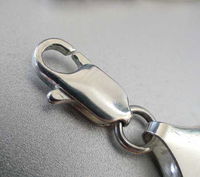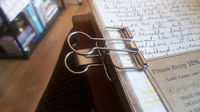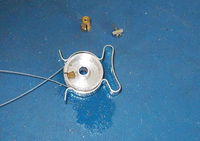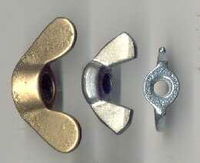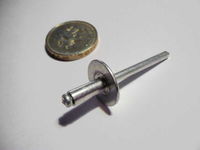
Will Later Be Fast Trivia Quiz
"The loose one now," to paraphrase Bob Dylan, "will later be fast," thanks to one of these handy fasteners. Buckle your seatbelts, batten your hatches, and examine your zippers. How fast can you do this one?
by etymonlego.
Estimated time: 3 mins.
